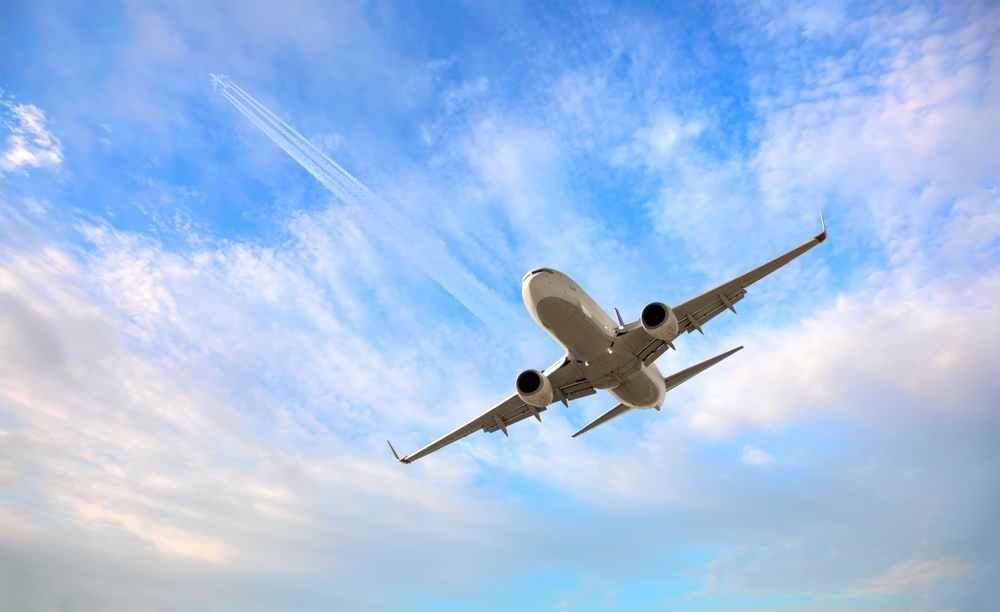With this Solid Traffic Growth in 2024, outlook remains positive, amid expectations of steady global growth

Preliminary traffic figures for the full calendar year 2024, were released by the Association of Asia Pacific Airlines (AAPA), revealed strong growth in both international air passenger and cargo markets. The increase in flight frequencies alongside network expansions supported solid growth in travel demand, while robust ecommerce activity and disruptions to maritime shipping drove air cargo volumes higher.
In aggregate, Asia Pacific airlines carried a combined total of 365.0 million international passengers in 2024, representing a 30.5% increase compared to the previous year. Demand as measured in revenue passenger kilometres (RPK) increased by 28.0%, reflecting relative strength on regional routes. After accounting for a 26.6% expansion in available seat capacity, the average international passenger load factor rose 0.9 percentage points higher to 81.6% for the year.
International air cargo markets recorded healthy growth in 2024, after two years in decline. Demand as measured in freight tonne kilometres (FTK) rebounded with a solid 14.9% increase for the year, slightly outpacing a 14.6% growth in offered freight capacity. As a result, the average international freight load factor rose by a marginal 0.2 percentage points to 61.0% in 2024.
Commenting on the results Subhas Menon, AAPA Director General, said, “2024 was a strong year for Asia Pacific airlines. The post-pandemic recovery on North East Asia routes, helped by the relaxation of visa policies, together with overall healthy demand across the region, drove growth in both leisure and business travel markets. This resulted in a 30.5% increase in the number of international passengers carried for the year, reaching a total of 365 million. Consequently, the region’s carriers achieved a record-high international passenger load factor of 81.6% in 2024, amidst capacity constraints stemming from ongoing supply chain shortages and delays in aircraft deliveries.”
Menon added, “Despite weakness in the global manufacturing sector, Asia Pacific carriers saw significant growth in their air cargo business, driven by a surge in e-commerce sales and the region’s role as a manufacturing hub, particularly in China. Persistent disruptions in maritime shipping also encouraged a modal shift in transport, contributing to the 15% growth in international air cargo demand for the year.”
Looking ahead, Menon concluded, “The outlook for air travel markets in 2025 remains broadly positive, although growth rates are expected to moderate further. However, airlines continue to face challenges, including rising labour, maintenance, and aircraft leasing costs, as well as operational pressures due to ongoing delays in aircraft deliveries. To navigate these challenges, airlines are focusing on active cost management and seeking the commitment of equipment suppliers to address supply chain problems, while continuing to invest in growth opportunities.”